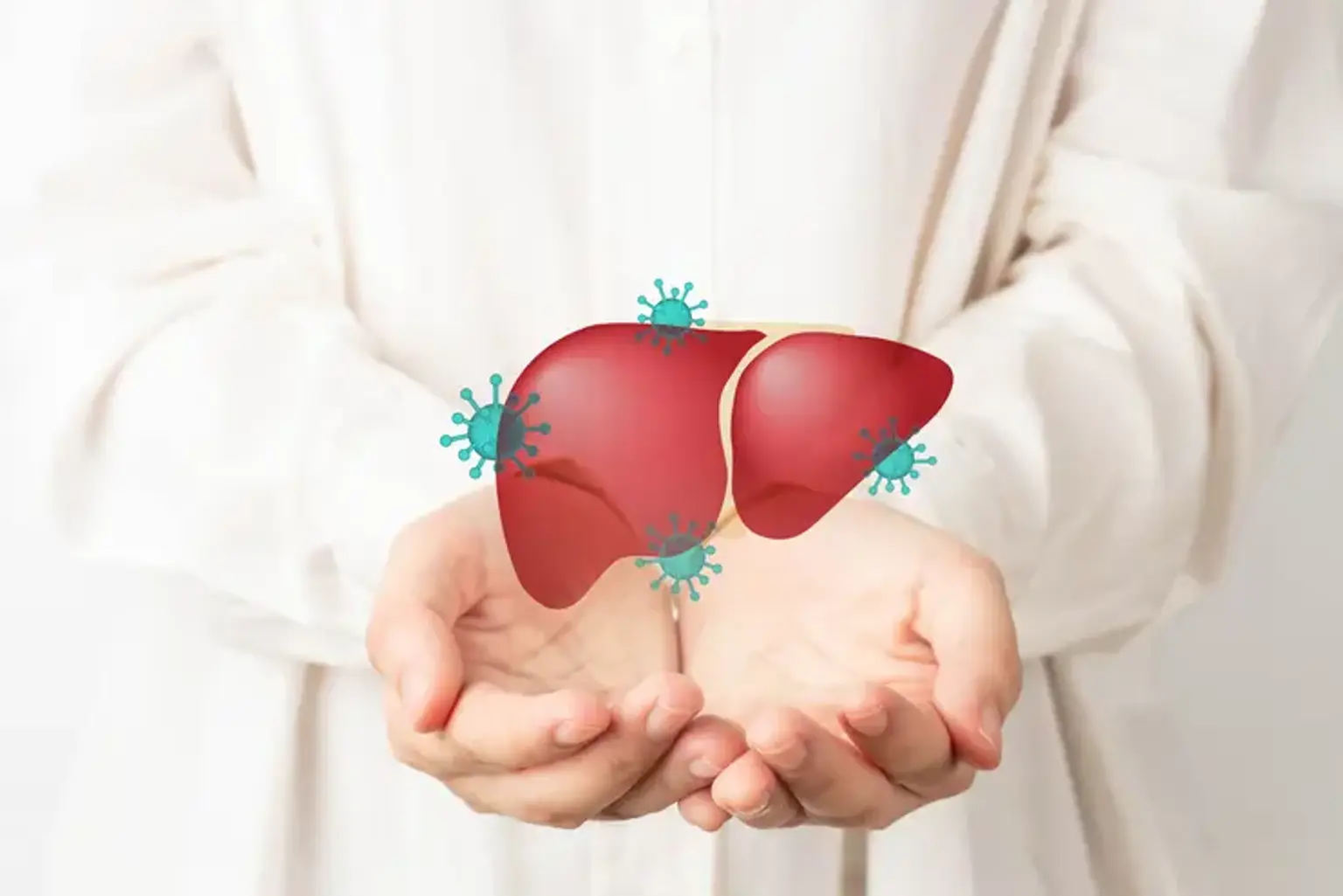Autoimmune hepatitis
Overview
Autoimmune hepatitis is a liver condition characterized by persistent inflammation. Autoimmune disease occurs when the body's immune system attacks another component of the body. Hepatitis is a liver inflammation that can range from moderate to severe. Autoimmune hepatitis is characterized by varying degrees of severity, with relapses and remissions in the great majority of patients.
